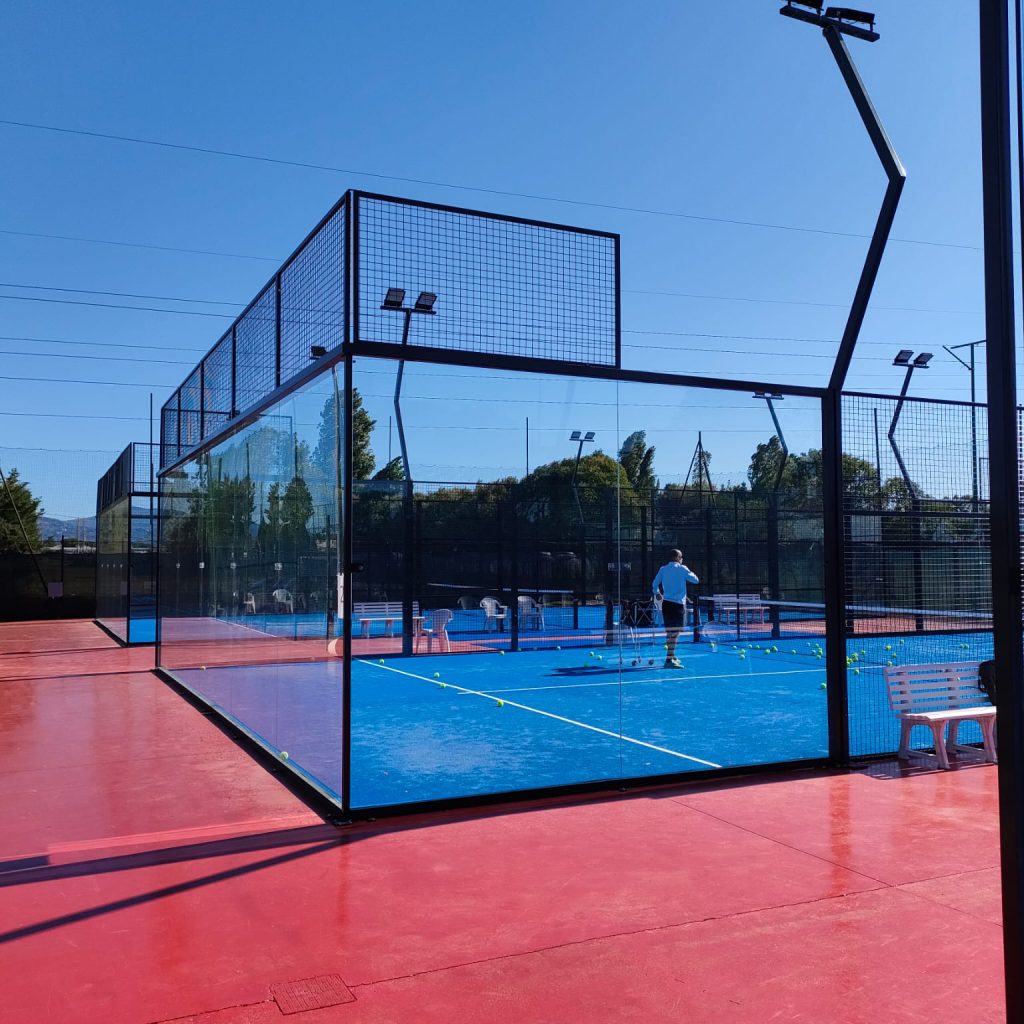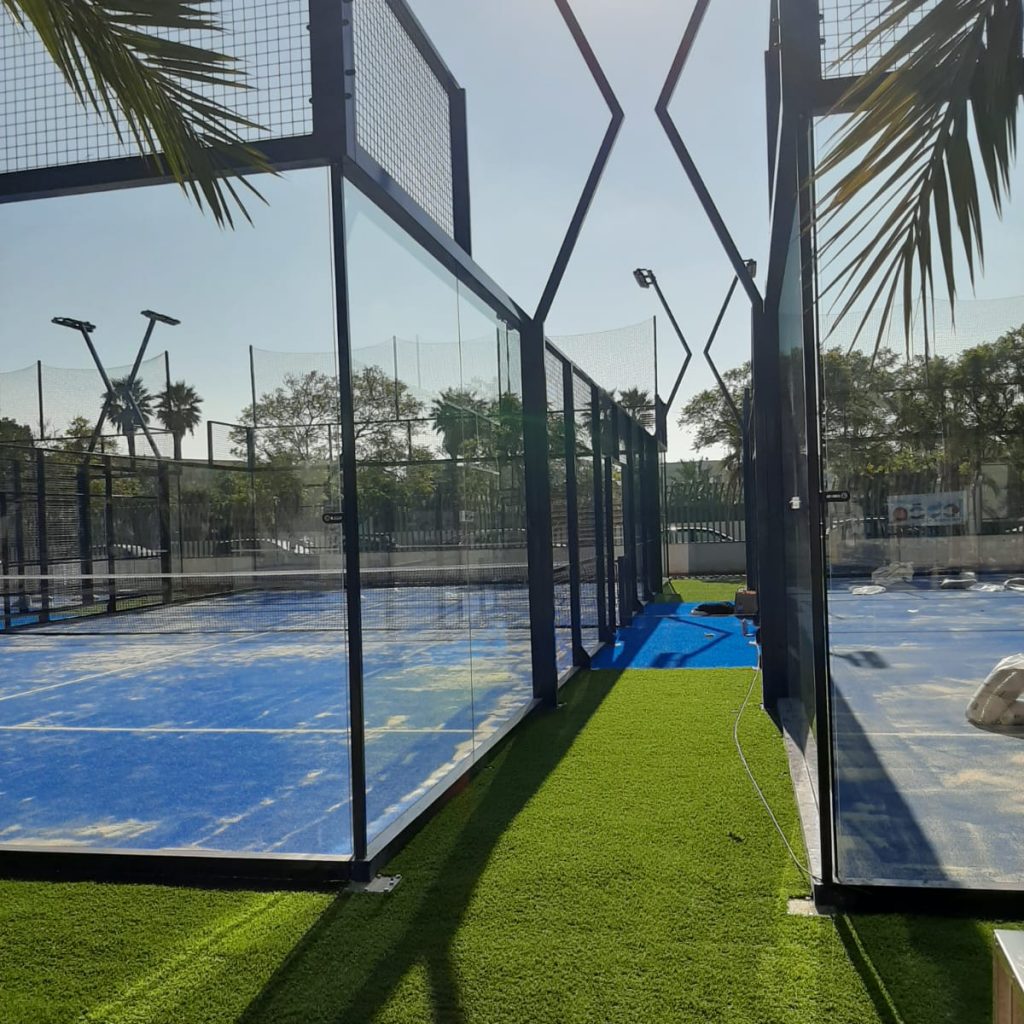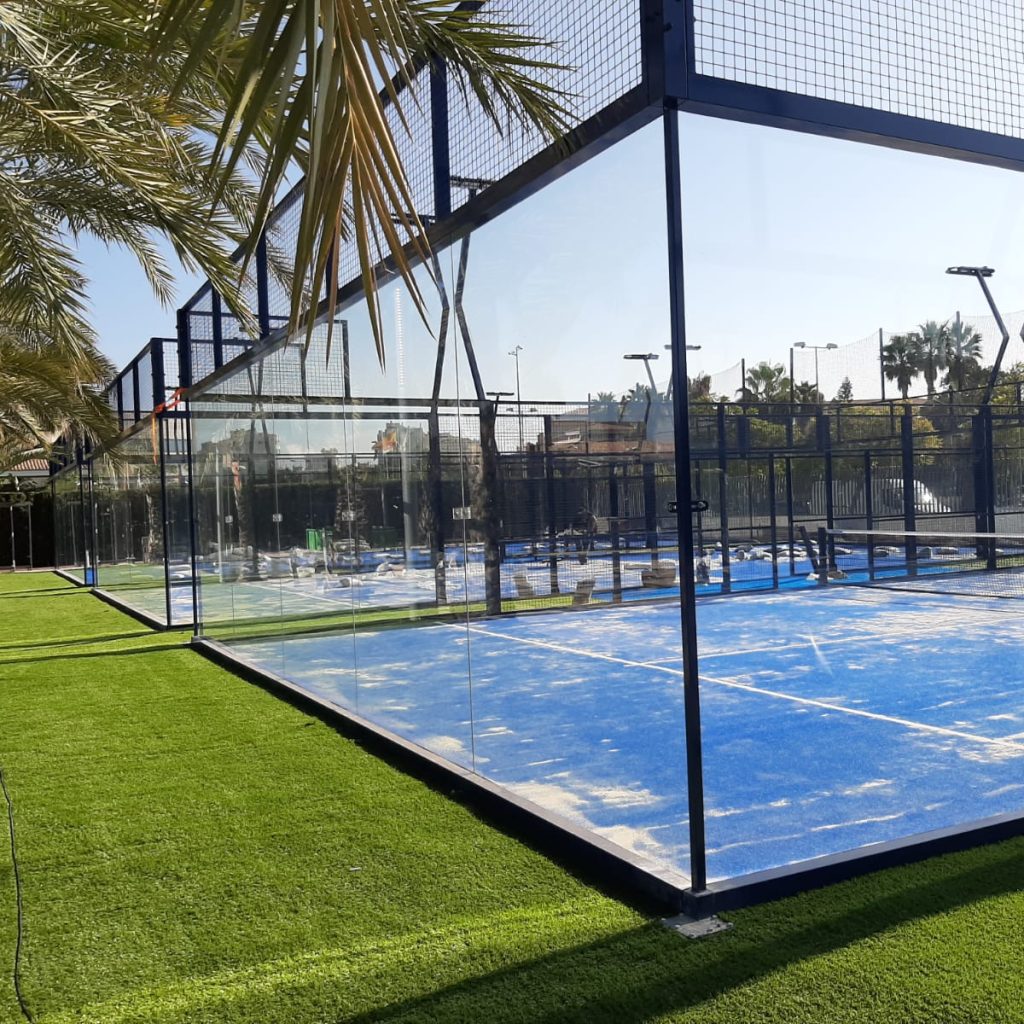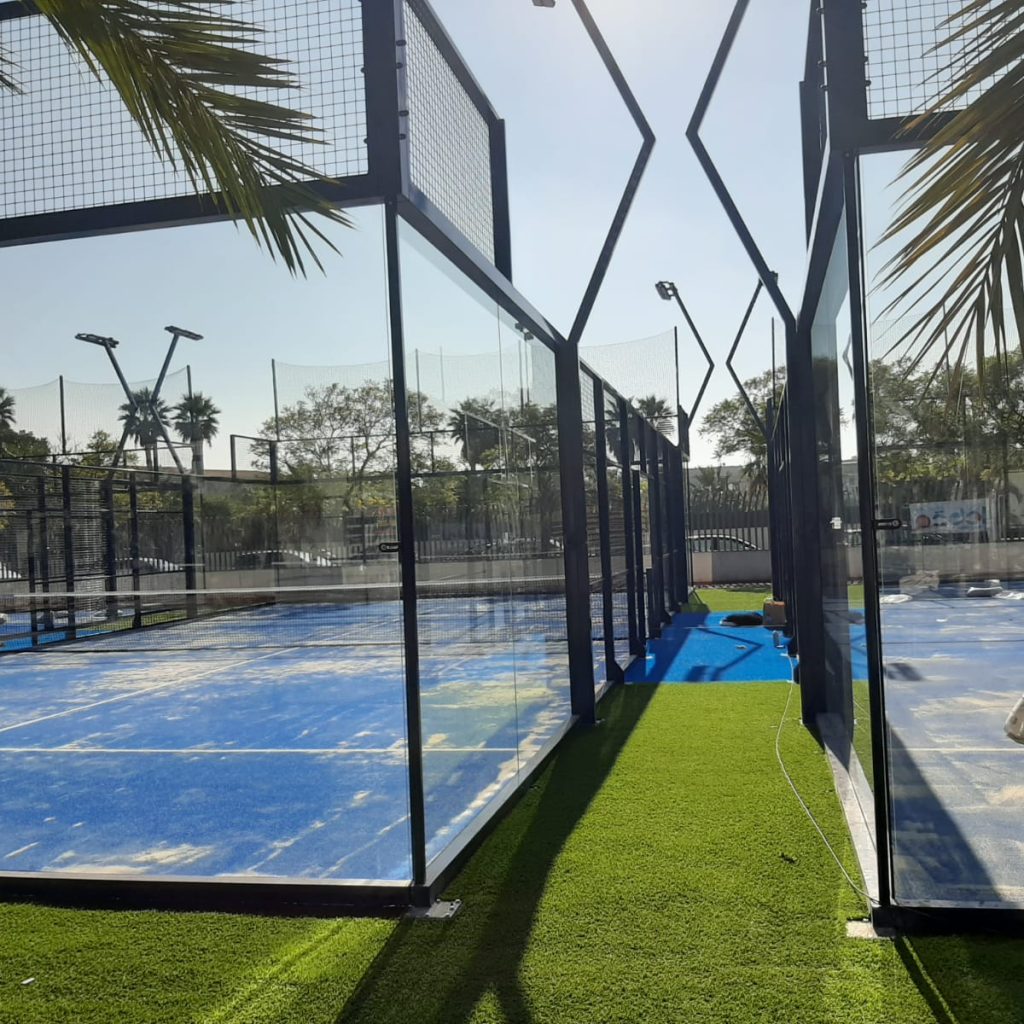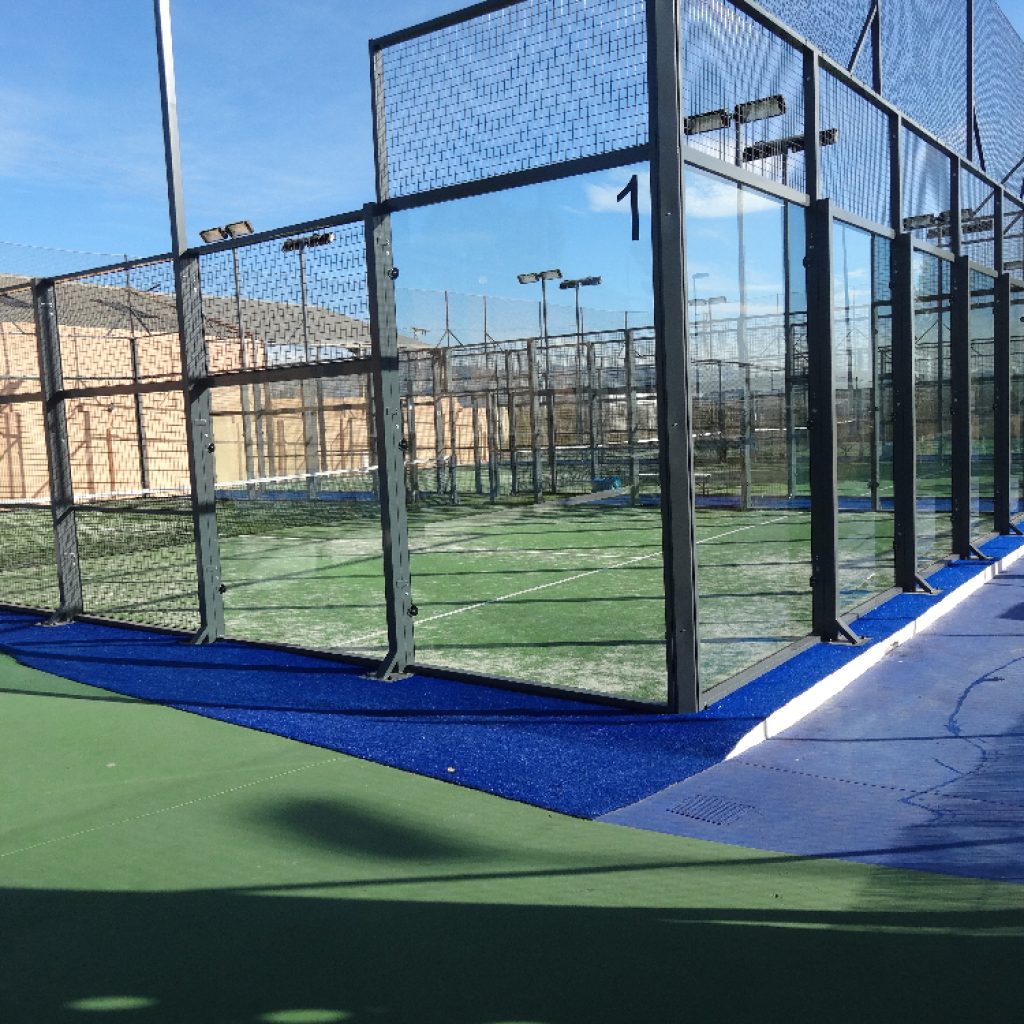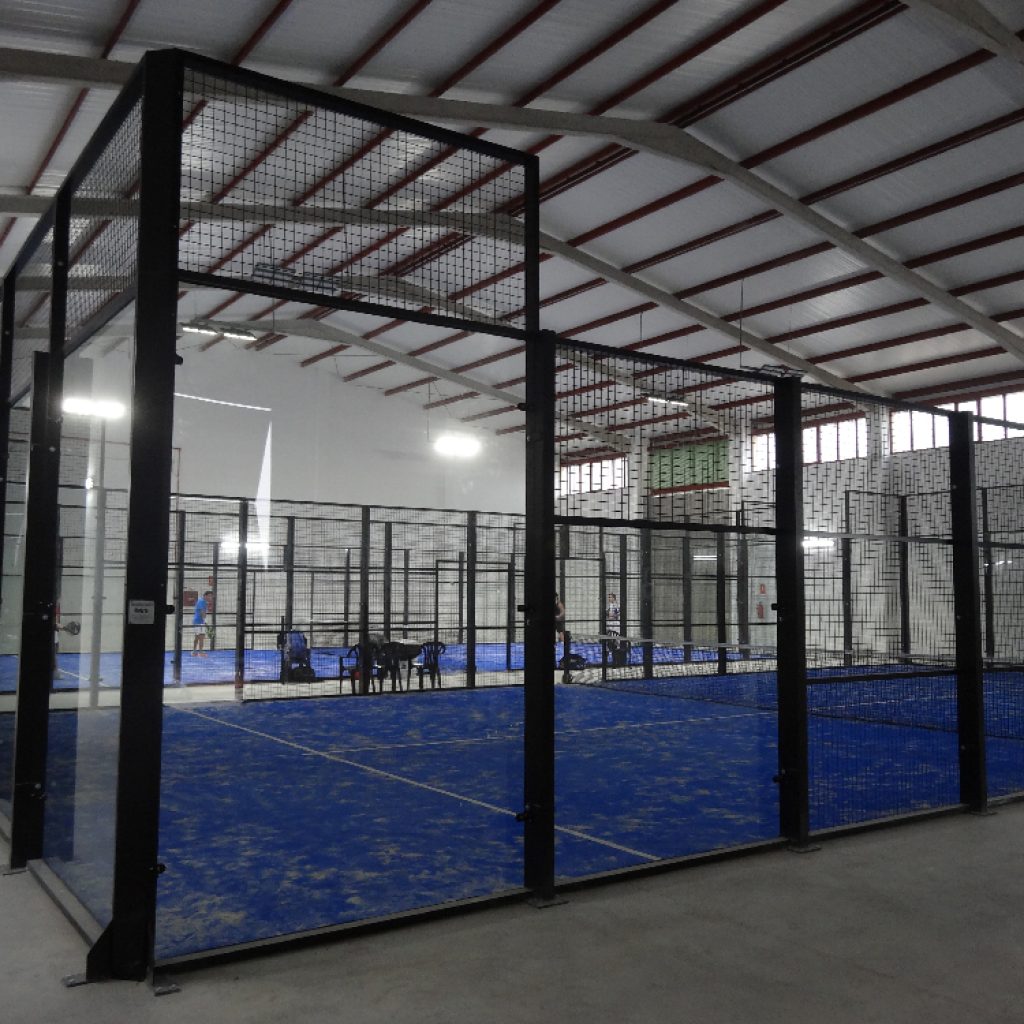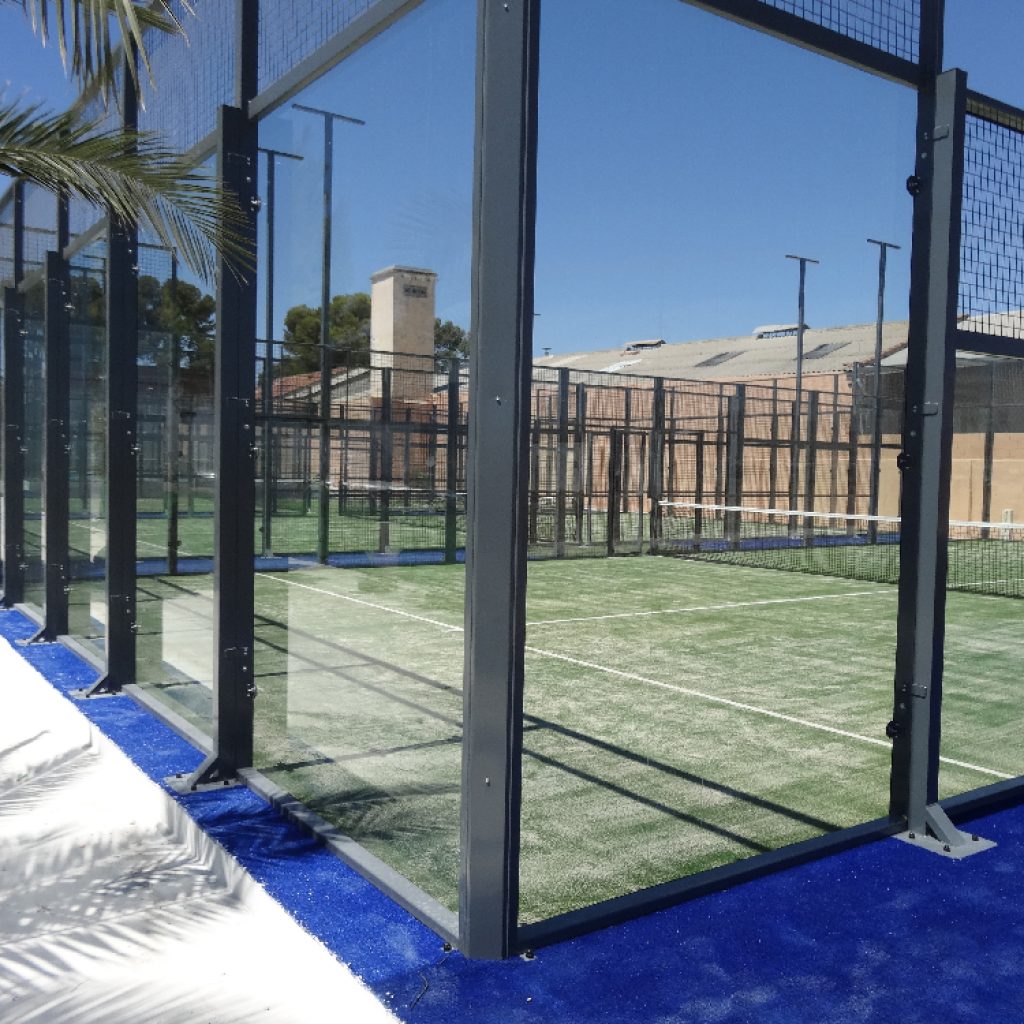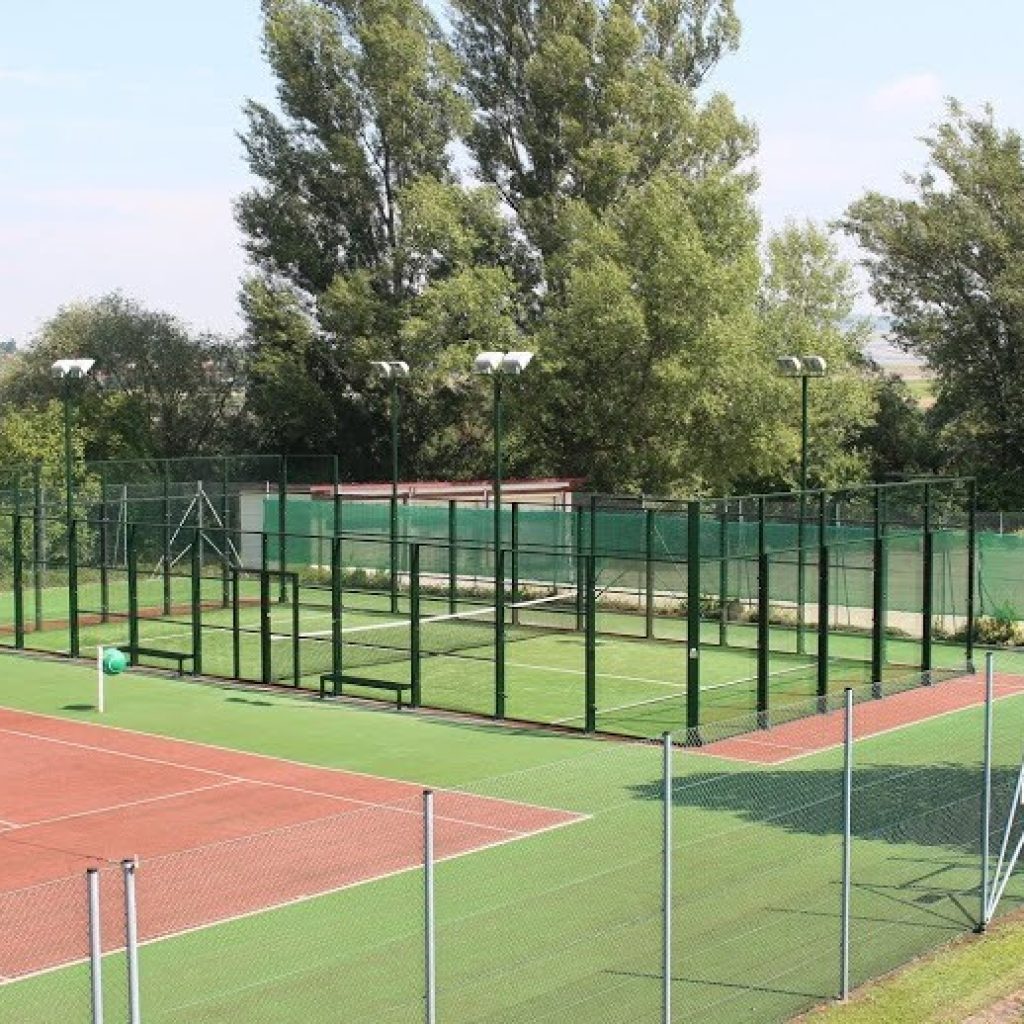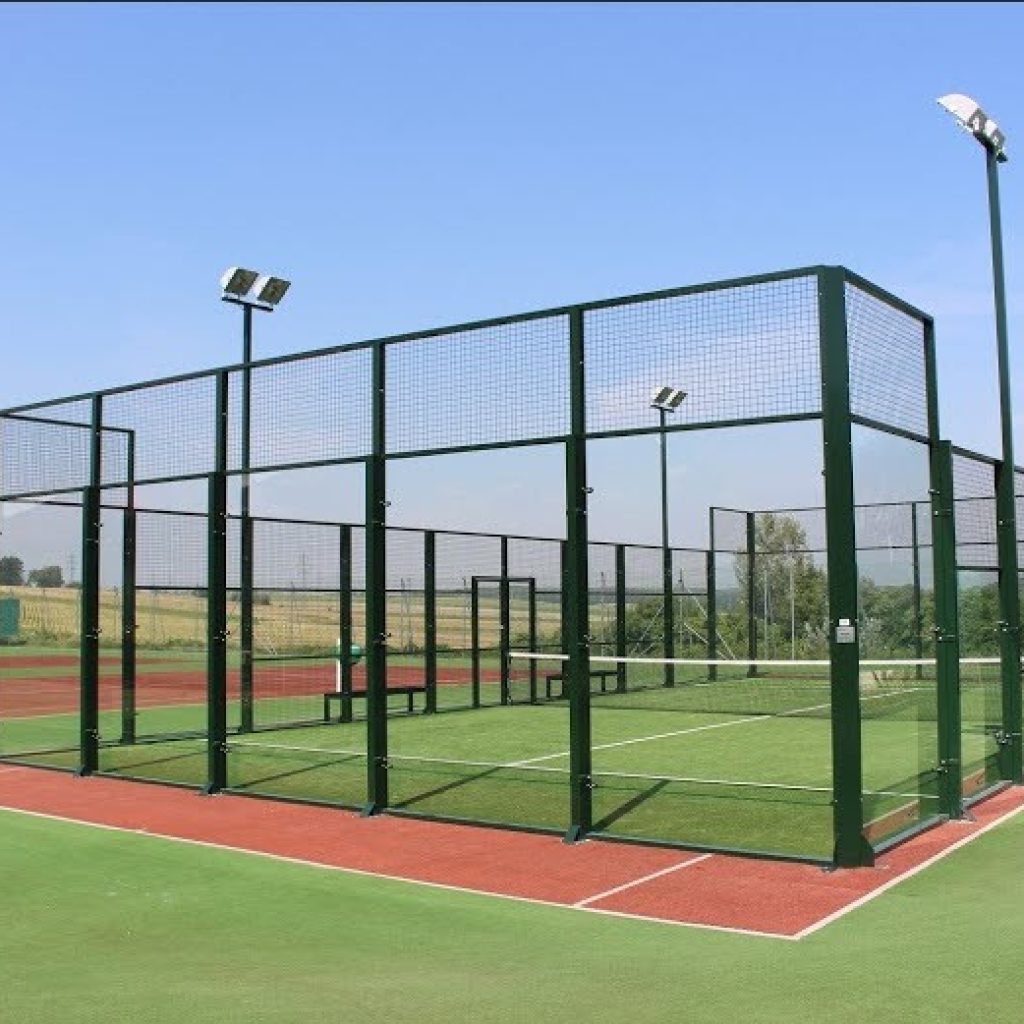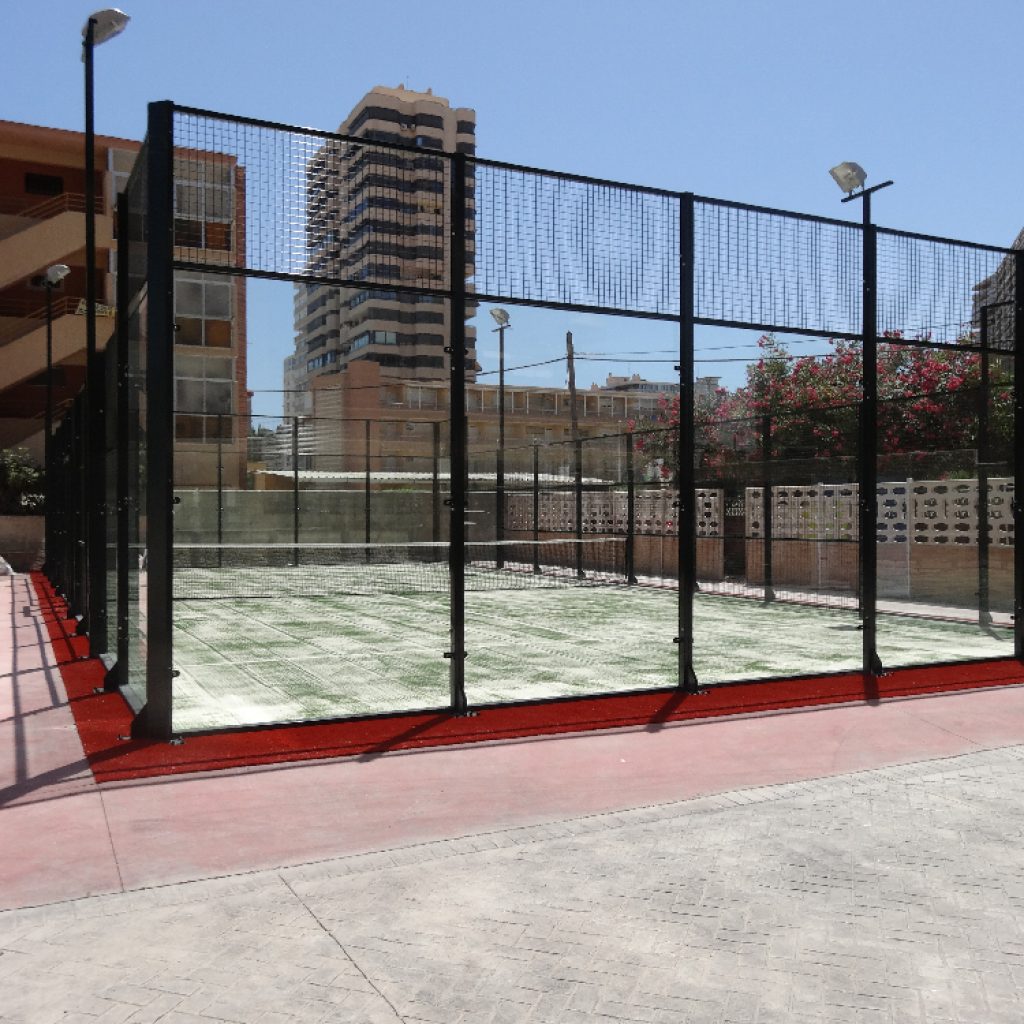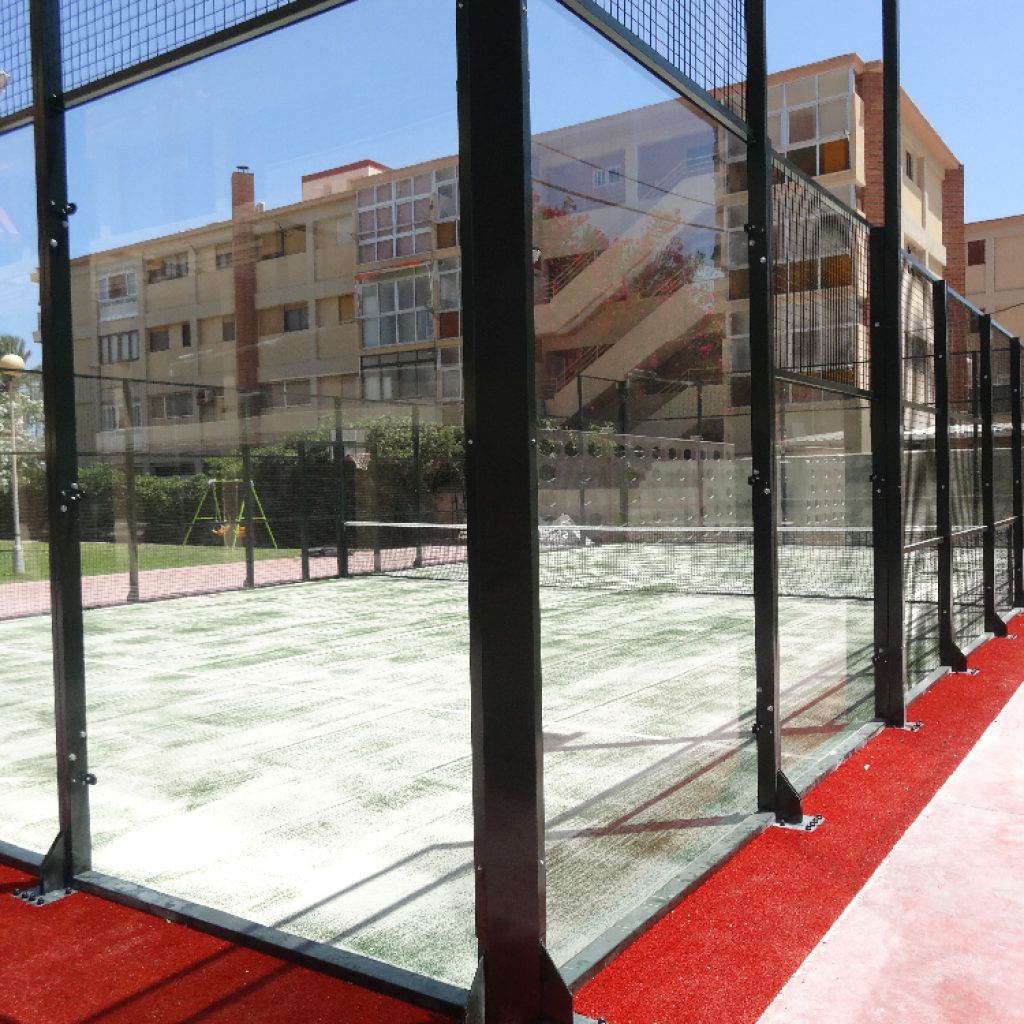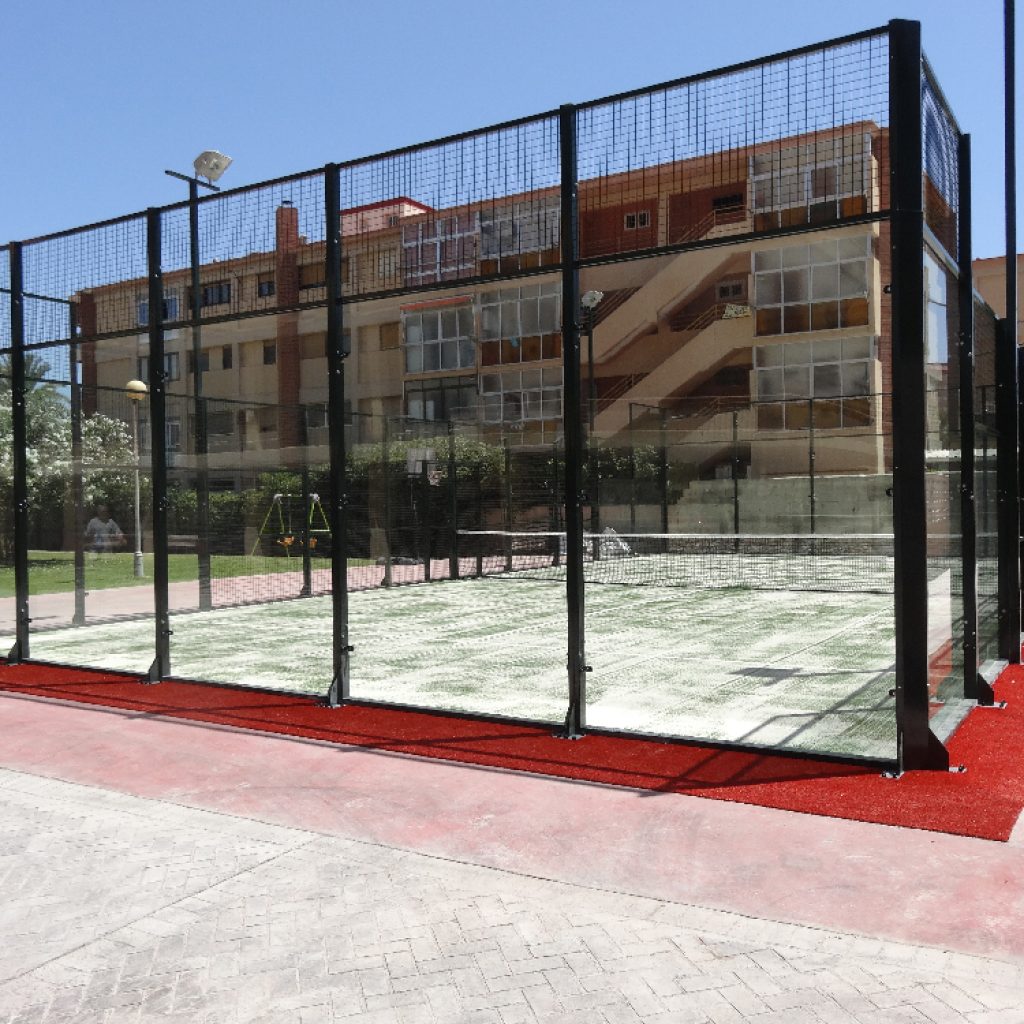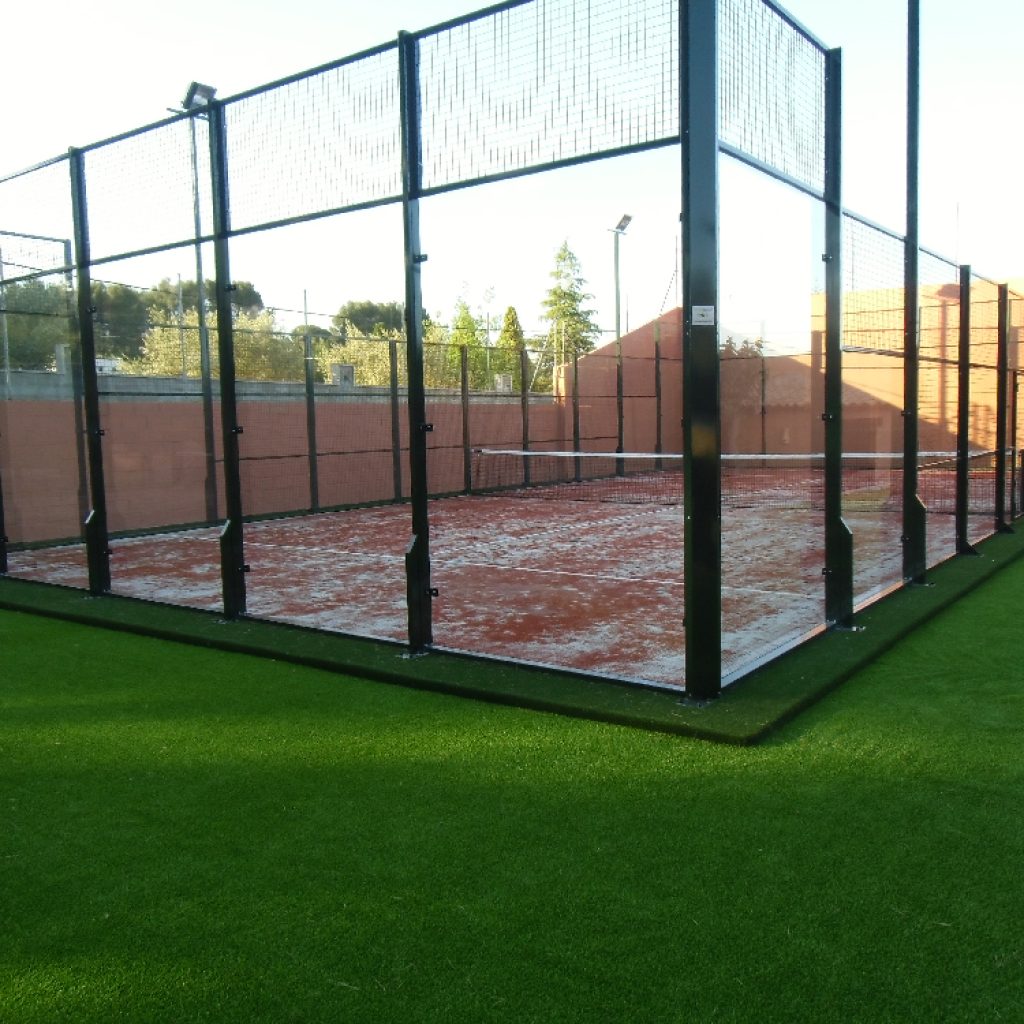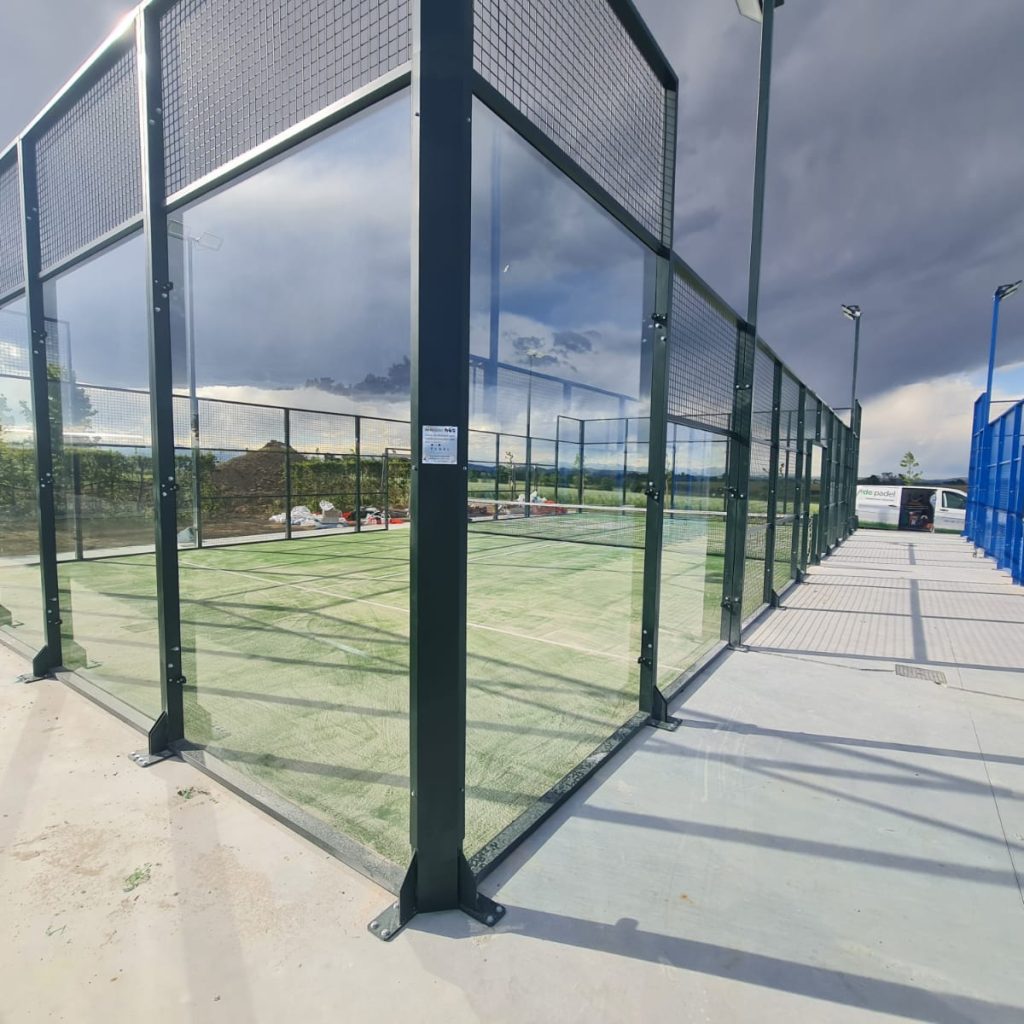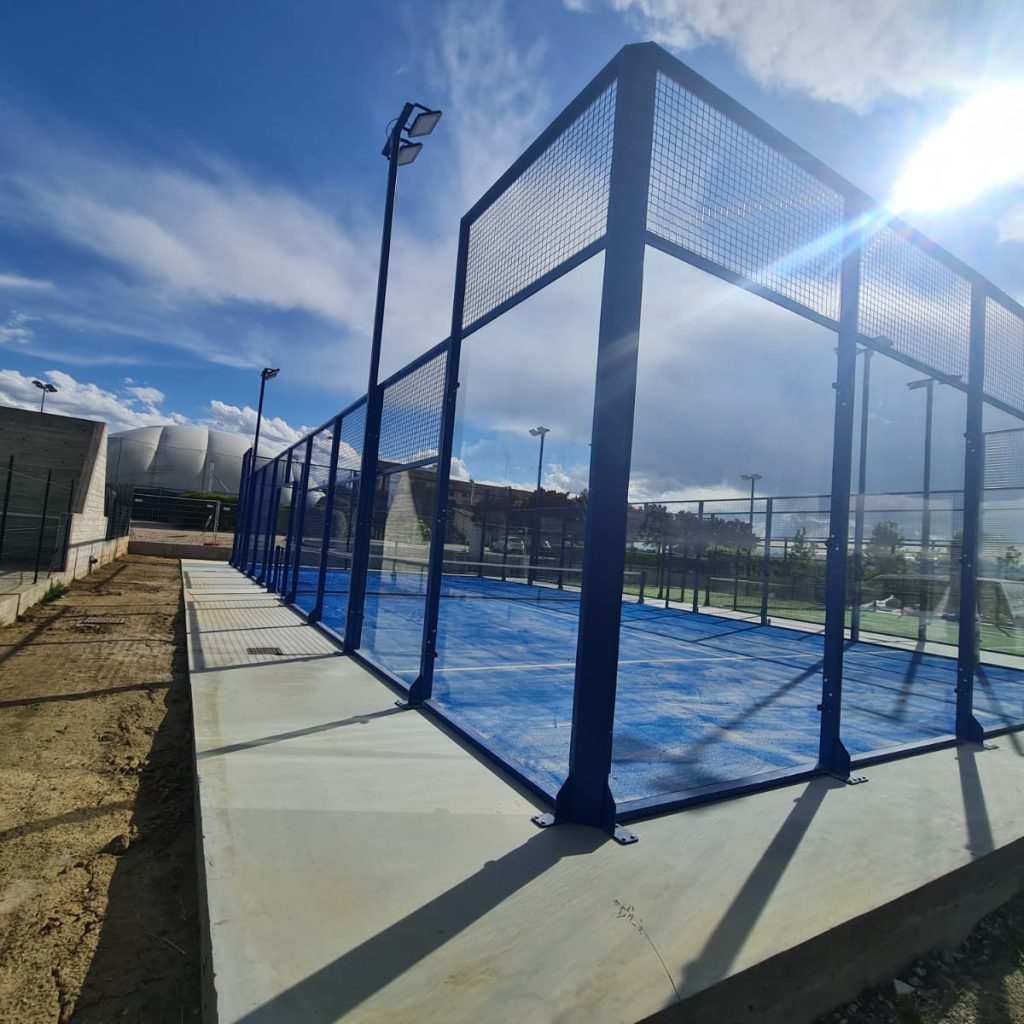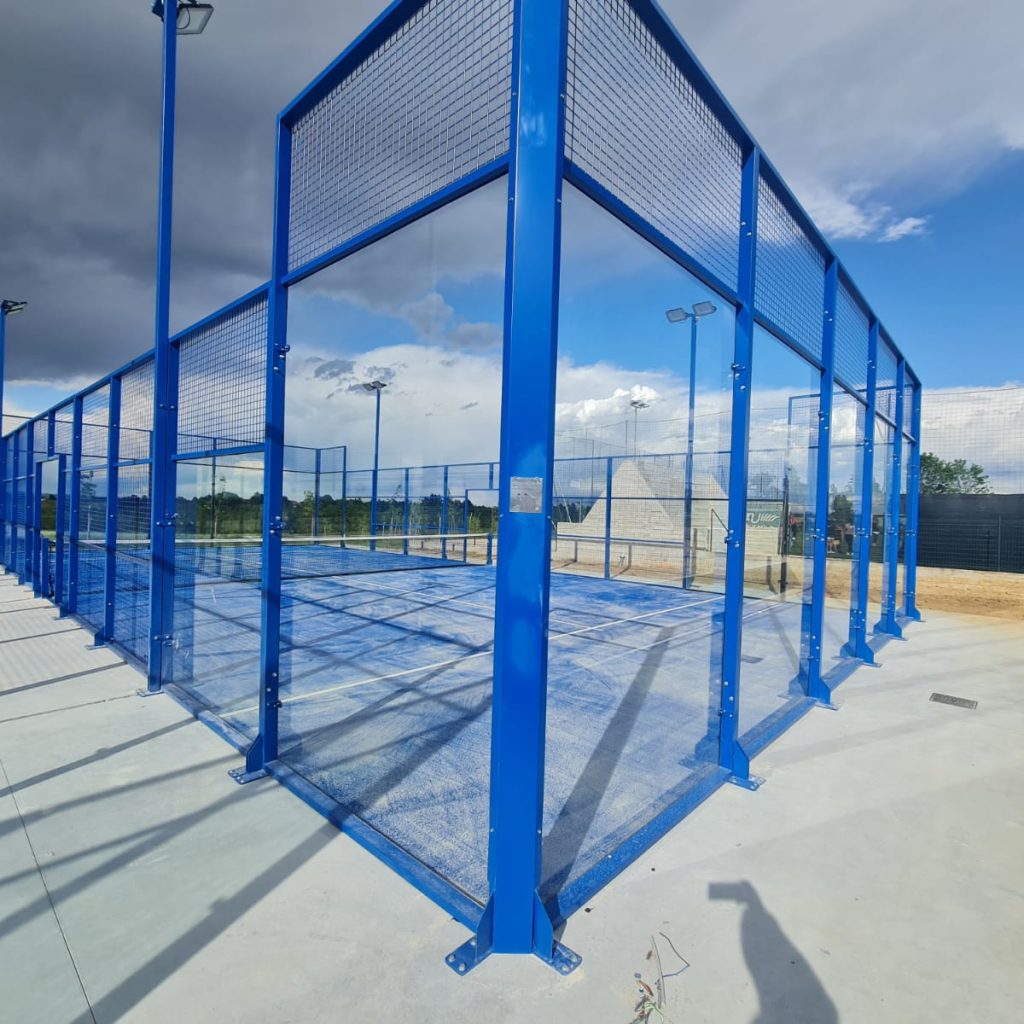Sports artificial turf has evolved over time to become the best example of the sports surfaces of the future.
It is no secret that artificial sports turf has come a long way from its origins in the 1960s in some areas of the United States to its current worldwide popularity.
It’s great durability, its low cost, its ecological character and its technical and aesthetic possibilities have made it a reference in the sports surfaces of the future.
Birth and evolution
Its birth was due to the great demand for synthetic turf for indoor sports infrastructures. The objective was to achieve playing characteristics similar to natural grass but without the high maintenance costs and achieving a greater number of hours of use.
The first artificial turf strands were made of polyamide fibrillated yarns, popularly known as NYLON.
Despite its great benefits, the origin of artificial turf had several drawbacks: its high abrasiveness and the low height of the strands, which facilitated injuries and prevented the use of cleated shoes.
During the 1970s and 1980s, the major producers of synthetic turf changed the trend of their creations.
They gave up on durability, but gained in natural feel and reduced abrasiveness. A great interest began to emerge in finding fibrillated fibers and monofilaments which, when combined, gave artificial turf a great variety of types, colors, height, etc.
It was at this time that silica sand was introduced, which was spread on the synthetic turf, protecting it and improving the players’ footing.
Golden age and the present day
These innovations led to the golden age of synthetic turf in the 1990s, which has lasted up to the present day.
One of the causes of this boom was the appearance of polyethylene monofilament.
Thanks to this material, great benefits were achieved, such as reducing the level of abrasiveness to negligible levels, greater cushioning for players’ footsteps and increasing the useful life of the grass by two to three years.
Another aspect that was improved was the height, achieving strands of up to 60 mm in height.
All this in order to obtain an artificial turf with a feeling really similar to that of natural grass, to prevent injuries to players and to considerably reduce the costs involved in the maintenance of natural grass.
Nowadays, the synthetic sports turf sector continues to evolve, becoming an industry with a great future in sports.
There are a large number of disciplines in which this type of grass can be used and the technical and ecological advantages make it one of the surfaces of the present and future for world sport.
At Verdepadel we are specialists in the application of this type of grass.



